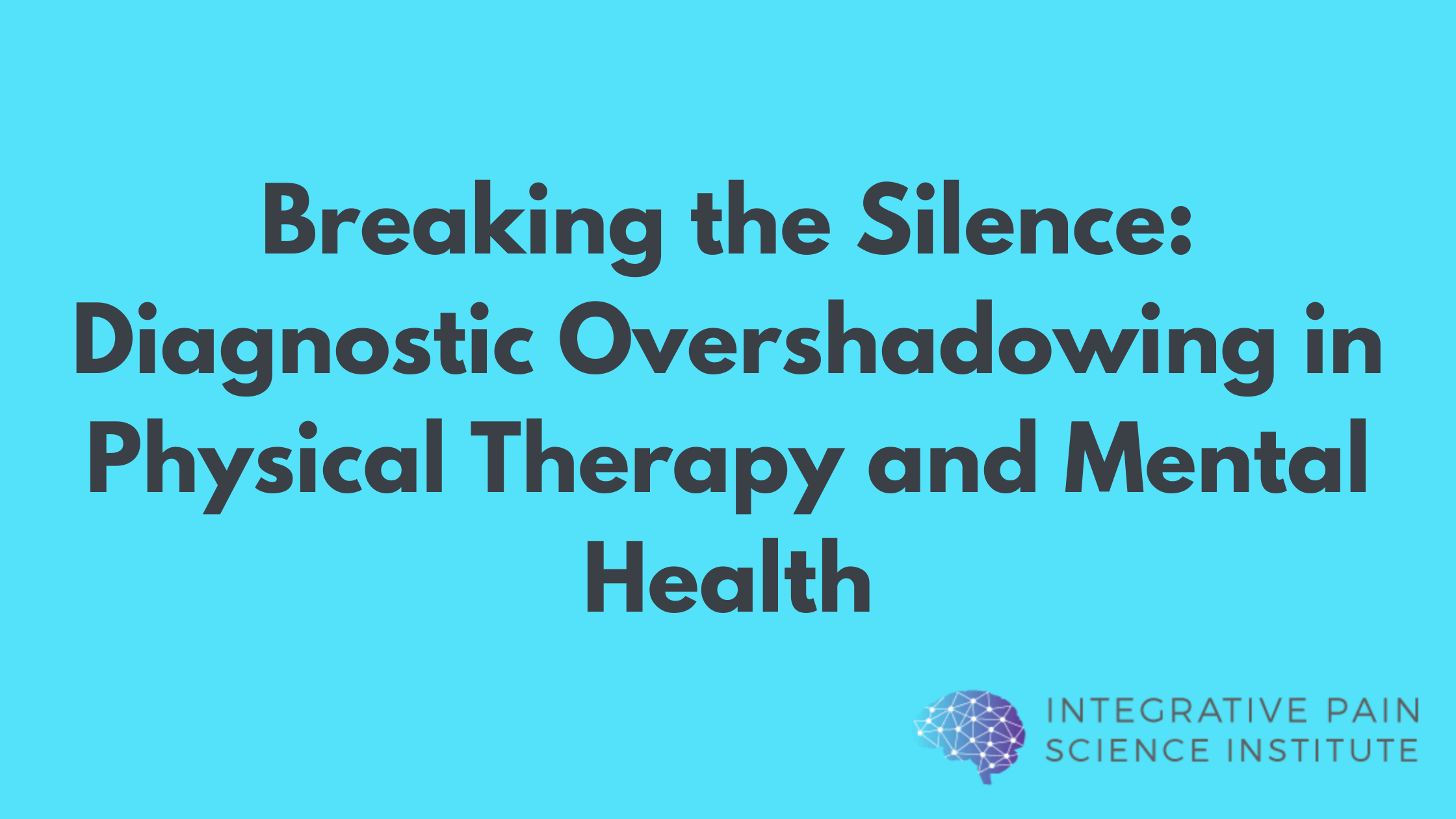Using a journal can decrease the perception of pain.
Recently, we had an article discussing the benefits of meditation for chronic pain. Meditation and journaling are examples of mindfulness-oriented interventions or therapeutic treatments that involve fostering awareness and acceptance.
Historically, the first-line treatment for chronic pain has been opioids, NSAIDs, and other medications with a potential for abuse and addiction. But these drugs do not address the way the brain adapts to pain over time. As neural circuits of pain are repeated, they grow stronger. The circuit becomes linked to more triggering associations, as well as expand and worsen pain through the reorganization of the sensory and motor homunculi.
If you are trying to find a way to decrease pain, using psychological therapies might be able to provide relief, or even improve symptoms over time.
This is because of the way the brain is designed to handle pain. When we are in pain, this poses a threat to our survival. Thus, the brain becomes hyper-focused on painful stimuli. But when our vigilance for pain increases, so does our quality of life — we can become anxious about future pain, we may interpret something as painful by expecting pain, and we may start avoiding situations where pain might occur (1).
How Awareness Can Make You Feel Less Pain
Studies show that our perception of pain intensity subsides when we divert our attention (2). But, the problem is, how are we supposed to focus on something other than our pain?
This is where mindfulness techniques come in. Journaling can be used to promote expression of emotions, as well as awareness and acceptance of the present. When used regularly, a journal can help us shift our attention — even briefly — away from pain. As we continue journaling, we become better at making this shift on our own, resulting in the improvement of pain symptoms (3).
In fact, one study found that fostering mindfulness increases the capacity for those suffering from chronic pain to experience positive emotions, in addition to reducing cravings for opioids (4). While it is not yet known exactly how these interventions change the brain, this study’s findings suggest a remedial rewiring of how we perceive rewards.
Additionally, choosing to blog rather than journal can have more benefits. A recent study following subjects who used internet blogs to write about their chronic pain experiences found symptom improvement through the psychosocial model — that is, as the subjects were able to share their struggles and gain support from others with similar diagnoses, they received both the attentional-shift benefits of mindfulness as well as a sense of relativity. By communicating with others in the same boat, you can learn about new methods of decreasing pain, and feel more connected than isolated (5).
Using a Journal to Heal Pain
One of the good things about journaling is how easy it is! All you need is a place to write, and journaling can easily be combined with other treatments. In the referenced studies, subjects were asked to journal for 15 minutes per day. Some focused on particular themes of chronic pain for each passage, while others followed a more-general approach. Once you start writing, journaling can improve symptoms by:
- Helping you not react.
When people try to quit smoking, they face the problem that the brain is wired to follow many cues with cravings. The only way to get over cravings is to ignore them. In this way, journaling about pain can help individuals spend a longer time being productive before immediately succumbing to pain. - Strengthening your ability to shift focus.
Thinking about something other than pain can reduce the brain’s hypervigilance. As we journal, we get better at making this shift on our own. Journaling regularly can help you stop focusing on your pain and reduce its intensity. - End the cycle.
Chronic pain can be frustrating. In this struggle, negative emotions can develop, worsening pain and quality of life. Journaling can improve symptoms by suppressing or ending emotional reactions, which result in a weakening of these wired circuits in the brain.
In health,
Dr. Joe Tatta, DPT, CCN



